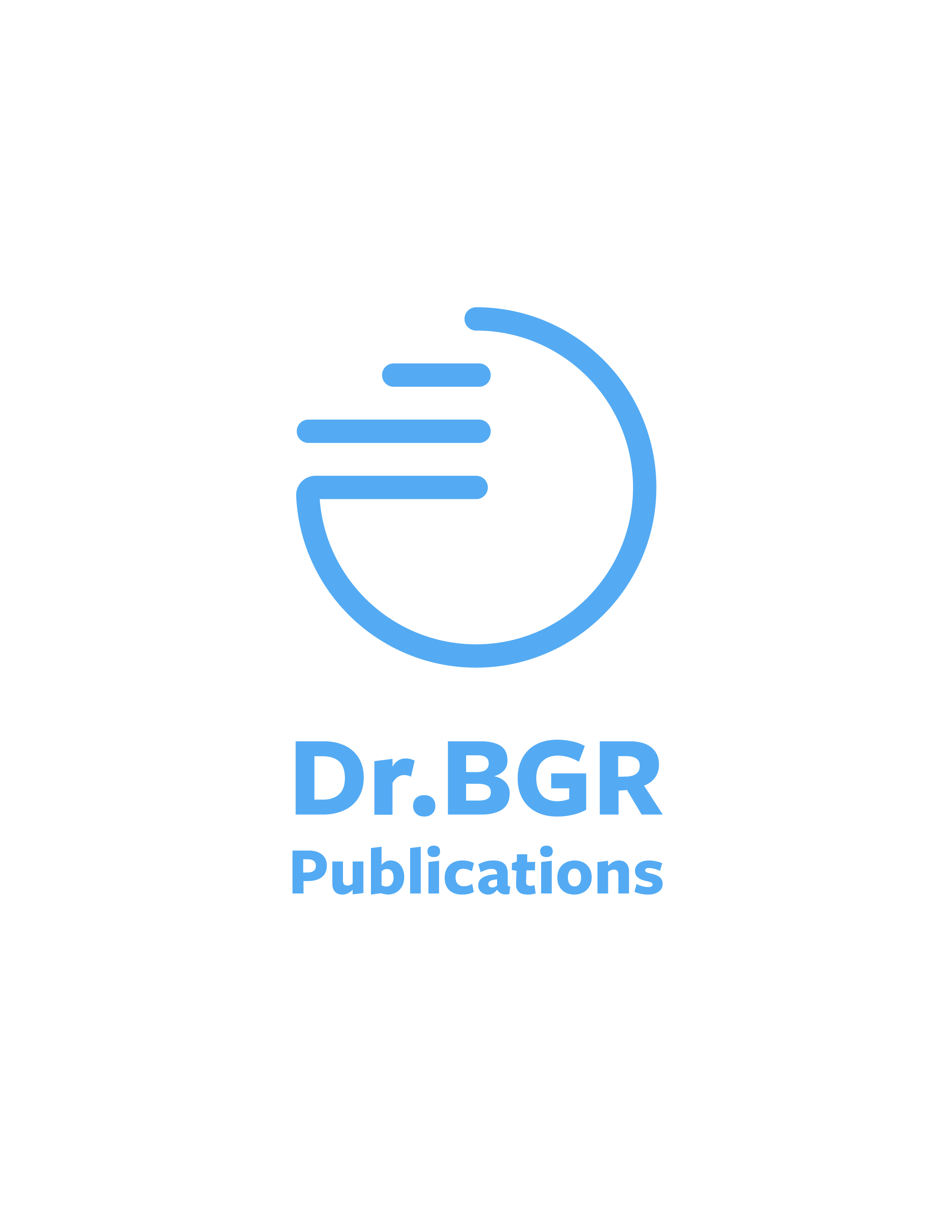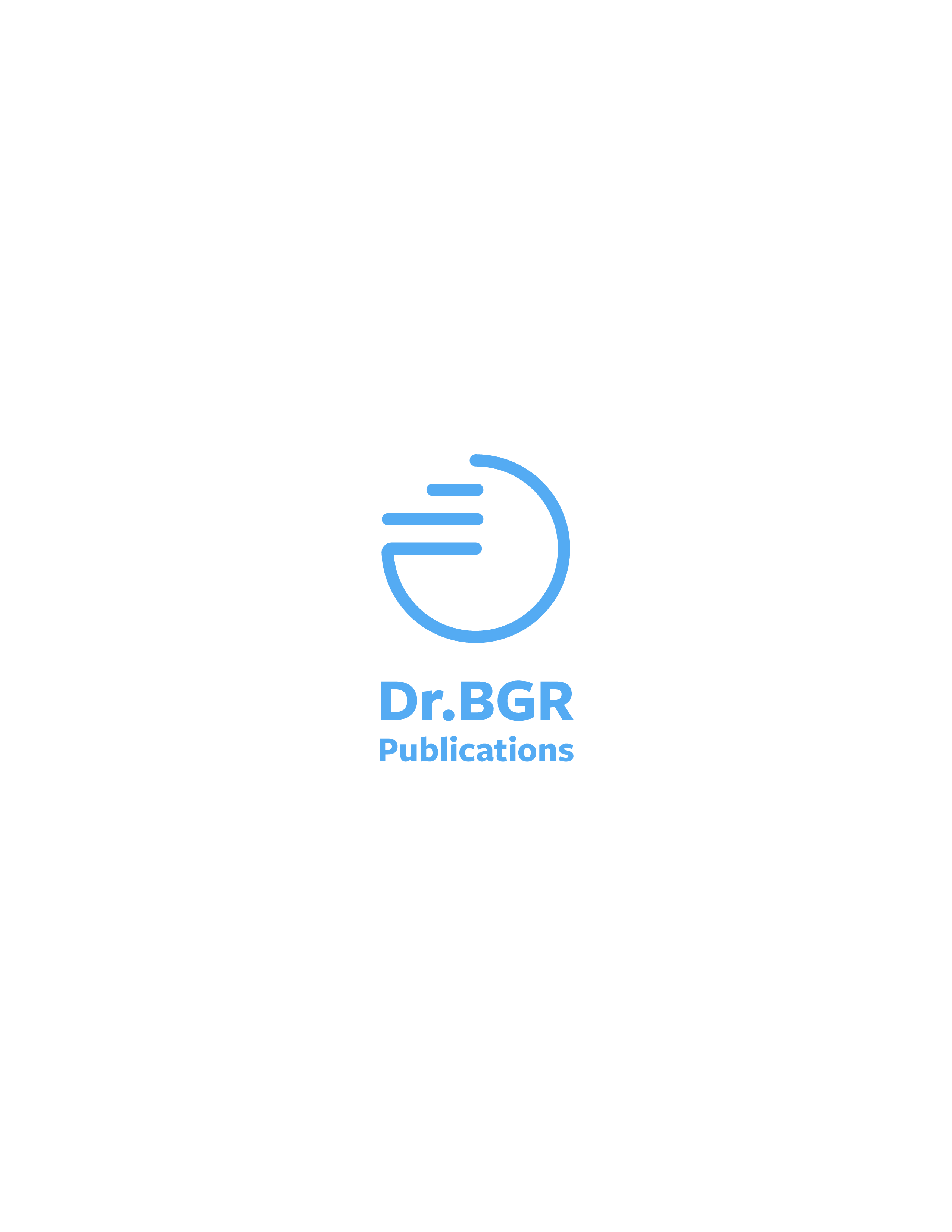Preliminary Phytochemical Analysis, Metal Scavenging Activity and Anti-Bacterial activity of Catharanthus roseus against Human Infections
Authors
Kiruthika et al.,
Keywords
Catharanthus roseus | Phytochemical
Publication Details
Vol: 11; Iss. 9; Sep 25 | ISSN: 2454-5422
Abstract
The biological production of natural compounds from plants is a fascinating technique in the fields of science and biotechnology. Catharanthus roseus (C. roseus), an ethnomedicinal species, has been used for generations to address various health issues like inflammation, diabetes, kidney, liver and cardiovascular diseases in humans. The leaves of C. roseus contains secondary metabolites like flavonoids, alkaloids, tannins, saponins, phenols that exhibit antimicrobial and anticancer properties. The flowers of C. roseus are characterized by the presence of Anthocyanin as a pigment. In the current era of rapid industrialization, there has been a notable rise in cadmium contamination. Cadmium (Cd) is emitted into the environment through industrial activities and can pollute air, water, and soil. Because of its long half-life, cadmium is associated with numerous health issues such as liver and kidney toxicity, neurological damage, and degenerative bone diseases. This study focuses on the risks associated with Cd, Hg, and Pd, as well as the potential of C. roseus extract as an alternative medicinal remedy to alleviate symptoms. The leaf extract of C. roseus will undergo analysis for secondary metabolites through preliminary tests and thin-layer chromatography. The antimicrobial properties assessed against pathogenic microorganisms using the Kirby-Bauer method. The ability to scavenge metals was evaluated using anthocyanin extracts in relation to heavy metals (Cd, Hg, and Pb). Additionally, the anthocyanin pigment extracted from the fresh flowers of C. roseus can serve as a pH indicator. The anticipated results include identifying bioactive compounds, assessing antimicrobial activity, and determining the metal scavenging efficiency of the tested plant. Future possibilities involve the use of these plants to lower metal levels in human organs and prevent microbial growth. This research seeks to offer an environmentally friendly approach to address serious human infections.
Corresponding Author
Muthulakshmi K, Assistant Professor, PG & Research Department of Microbiology, V.H.N.Senthikumara Nadar College (Autonomous), Virudhunagar, Tamilnadu, India


